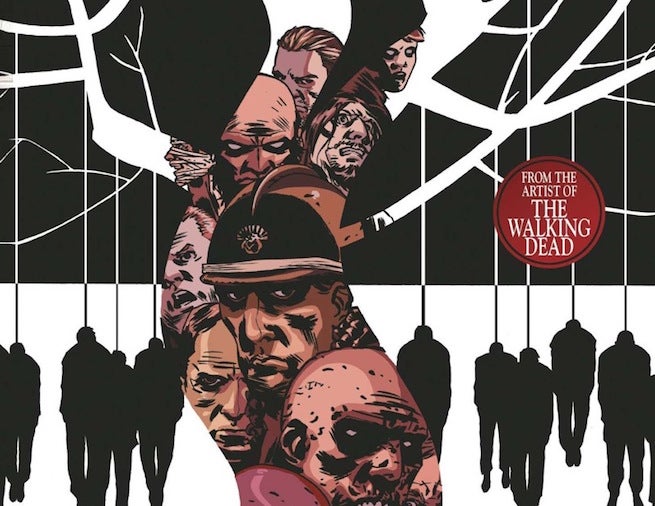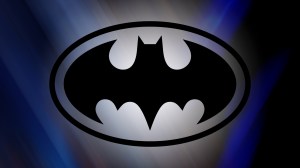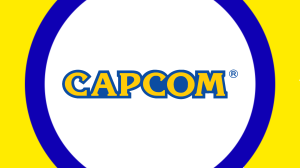Delcourt Group, the leading independent comic book publisher in France, is joining comiXology, the two companies announced this morning ahead of their joint panel at Comic-Con International: San Diego later this week.
Videos by ComicBook.com
We’ll talk to them at Comic Con and you can hear much more about the deal and their offerings. In the meantime, we’ve got an exclusive look at one of Delcourt’s hottest titles, and a brief conversation with the artist.
Curse of the Wendigo artist Charlie Adlard joined us to talk about the project, his feelings on digital comics and some of the unique challenges of going from a post-apocalyptic but generally modern dystopia to a period piece.
You can also check out an exclusive five-page preview of the book below!
How much research did it take to nail the period look of the world of Curse of the Wendigo?
Anything “period” takes a lot longer to get right than anything set in today’s world. You can sort of “fudge” what you see around you in the present day – not so anything set in a specific time and place. I was thankful to Matt, who was amazing at getting me tons of research on top of what I’d already collected, and I also had the advantage of having already done a book set in WW1 called White Death.
I knew I had to get it right, because this was a French book, and those guys demand that sort of level.
Obviously you’ve drawn big battles before, but now you’re drawing the world of WWI, for which readers some context and probably their own vision. Is there a difference in your approach?
Not really. I tend to approach any book I draw the same way. The only thing that varies is my equipment. If I change what I’m drawing with, that can dictate a change of style. But it’s very fluid and natural when that happens – I certainly don’t force it. *
When drawing a mystery, are there visual cues you use to either give the readers hints, or misdirect them, along the way?
Always! I try and be subtle… 🙂 I’m a big fan of the horror happening “off screen”. I always believe the mind can conjure much worse images than you actually showing them.
We’re talking because of the digital release on ComiXology. Does the transition to digital and the way that changes the reading experience for some readers play into how you approach work in a marketplace where digital is increasingly a factor?
Not for me. I drew this for print, and that’s how I saw it. Reading digital is still READING, so why change? Why is reading something on an i-pad etc any different to reading on a piece of paper?
In a mystery or horror story, I would argue that writing for digital actually gives you more options, since you don’t have to worry about where the reveals are, or hiding them with a page turn or anything. Is that something you’d like to play with a little down the line?
Well, I’d agree there. You’re certainly not limited by the actual physical page turning. Personally, I don’t think it’ll change how I draw or tell a story. Digital is obviously a necessary way forward for all things print, and it comes with a whole new set of rules. It’s exciting what the future holds, providing we come out of the gimmick period we’re still in. The act of reading is fundamentally the same, and, I think, that’s what it’s all going to boil down too.










